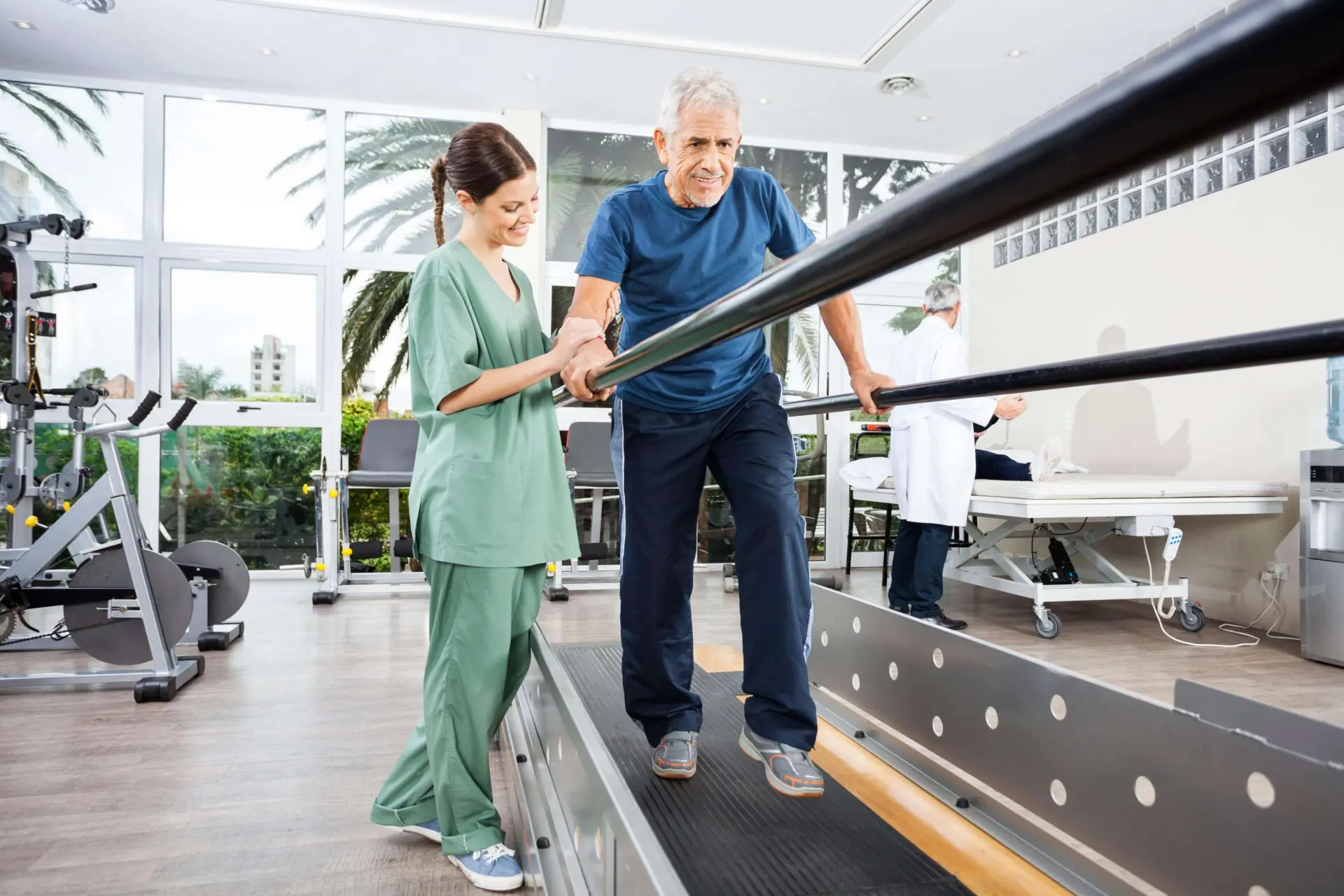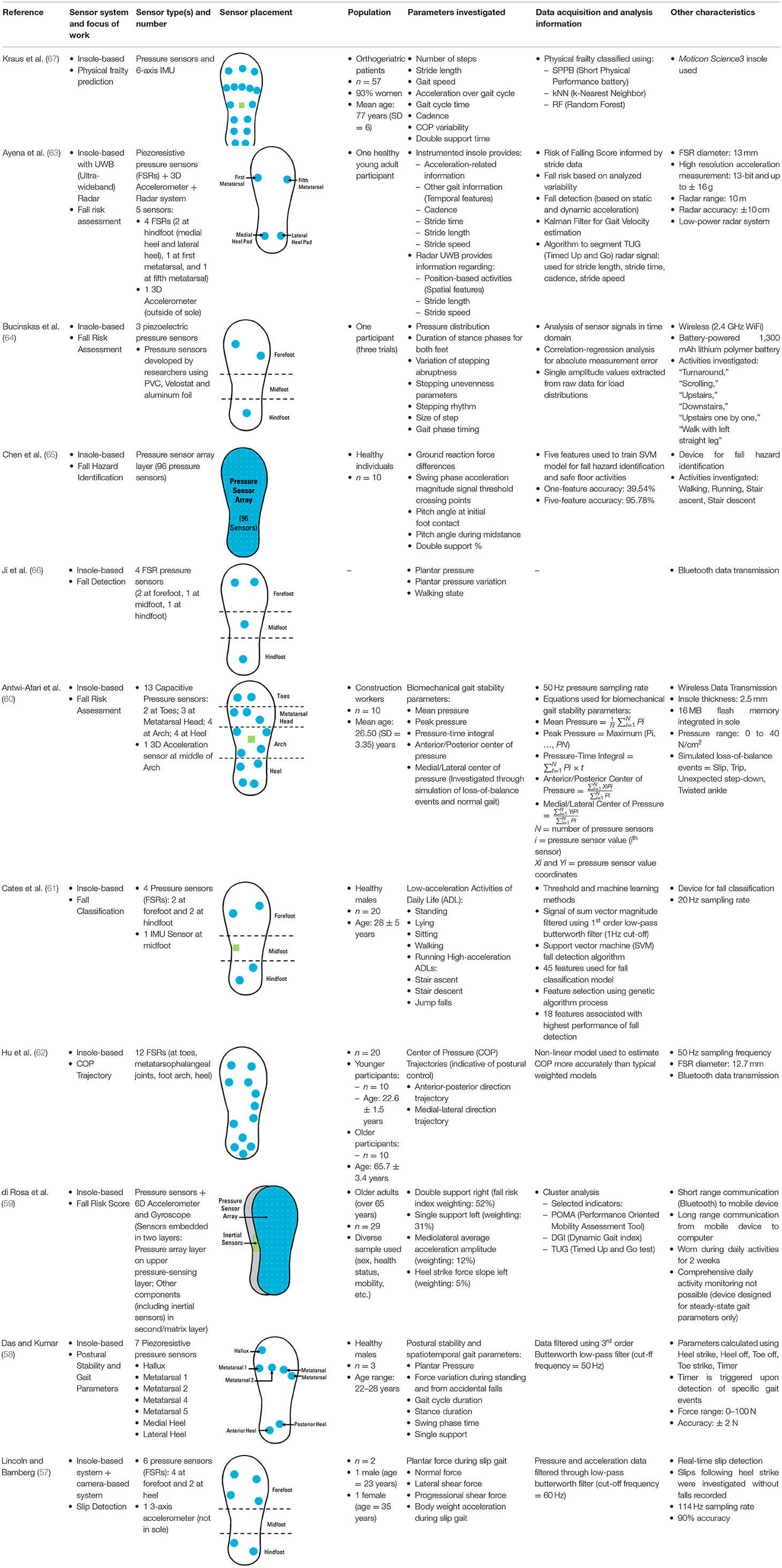The Greatest Guide To Dementia Fall Risk
The Greatest Guide To Dementia Fall Risk
Blog Article
Dementia Fall Risk Can Be Fun For Everyone
Table of ContentsLittle Known Facts About Dementia Fall Risk.What Does Dementia Fall Risk Do?The smart Trick of Dementia Fall Risk That Nobody is DiscussingHow Dementia Fall Risk can Save You Time, Stress, and Money.
An autumn threat analysis checks to see exactly how most likely it is that you will drop. The assessment typically consists of: This includes a series of questions concerning your general wellness and if you have actually had previous drops or problems with balance, standing, and/or strolling.Treatments are referrals that might lower your danger of falling. STEADI includes three actions: you for your threat of dropping for your danger elements that can be improved to attempt to avoid falls (for instance, equilibrium problems, damaged vision) to decrease your risk of falling by utilizing reliable approaches (for example, offering education and resources), you may be asked numerous inquiries consisting of: Have you dropped in the previous year? Are you worried about dropping?
Then you'll rest down once again. Your company will certainly inspect how much time it takes you to do this. If it takes you 12 secs or even more, it may suggest you go to higher danger for an autumn. This test checks stamina and balance. You'll rest in a chair with your arms crossed over your chest.
The positions will certainly get tougher as you go. Stand with your feet side-by-side. Relocate one foot midway onward, so the instep is touching the large toe of your other foot. Relocate one foot completely before the various other, so the toes are touching the heel of your other foot.
Dementia Fall Risk for Dummies
Many drops occur as a result of multiple adding elements; for that reason, taking care of the risk of dropping starts with identifying the elements that add to fall risk - Dementia Fall Risk. A few of the most relevant risk aspects include: Background of previous fallsChronic clinical conditionsAcute illnessImpaired gait and balance, lower extremity weaknessCognitive impairmentChanges in visionCertain risky medicines and polypharmacyEnvironmental elements can also enhance the danger for drops, consisting of: Insufficient lightingUneven or damaged flooringWet or unsafe floorsMissing or damaged hand rails and grab barsDamaged or poorly fitted equipment, such as beds, wheelchairs, or walkersImproper use assistive devicesInadequate supervision of individuals staying in the NF, including those that show hostile behaviorsA effective autumn danger monitoring program requires a thorough professional evaluation, with input from all members of the interdisciplinary team

The care strategy need to additionally include interventions that are system-based, such as those that advertise a safe atmosphere (proper lighting, hand rails, order bars, and so on). The efficiency of the interventions need to be assessed occasionally, and the treatment strategy modified as necessary to reflect changes in the fall threat assessment. Executing an autumn threat administration system utilizing evidence-based finest practice can reduce the frequency of falls in the NF, while restricting the possibility for fall-related injuries.
6 Simple Techniques For Dementia Fall Risk
The AGS/BGS standard advises screening all adults aged 65 years and older for loss risk yearly. This testing is composed of asking people browse around these guys whether they have dropped 2 or even more times in the previous year or sought clinical attention for an autumn, or, look at these guys if they have actually not dropped, whether they feel unsteady when walking.
Individuals that have actually dropped once without injury needs to have their equilibrium and gait reviewed; those with stride or balance problems need to obtain added assessment. A background of 1 autumn without injury and without gait or equilibrium issues does not warrant further evaluation beyond ongoing yearly autumn danger screening. Dementia Fall Risk. A fall danger evaluation is called for as component of the Welcome to Medicare evaluation

6 Simple Techniques For Dementia Fall Risk
Recording a falls background is one of the quality indications for fall prevention and management. copyright medicines in particular are independent predictors of falls.
Postural hypotension can often be reduced by minimizing weblink the dosage of blood pressurelowering drugs and/or stopping medicines that have orthostatic hypotension as a side impact. Use of above-the-knee assistance tube and resting with the head of the bed boosted might additionally lower postural reductions in blood pressure. The preferred elements of a fall-focused physical exam are displayed in Box 1.

A Pull time better than or equal to 12 seconds recommends high autumn threat. Being incapable to stand up from a chair of knee elevation without making use of one's arms suggests raised fall threat.
Report this page